Archaeology
-
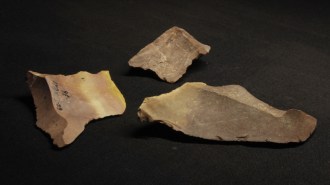 Archaeology
ArchaeologyIndigenous input revealed early hints of fiber making in the tropics
To decipher marks on nearly 40,000-year-old stone tools and figure out what they were used for, researchers turned to the Philippines’ Pala’wan people.
-
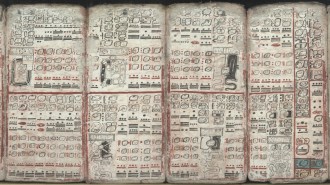 Astronomy
Astronomy50 years ago, a search for proof that the Maya tracked comets came up short
The mystery of whether the ancient civilization tracked comets endures, but recent evidence hints the Maya tracked related meteor showers.
-
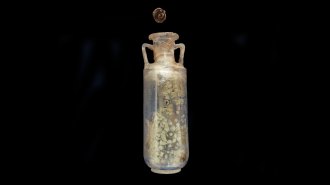 Archaeology
ArchaeologyAn old perfume bottle reveals what some ancient Romans smelled like
Chemical analyses reveal that an unopened flask of perfume from 2,000 years ago contained patchouli, a common ingredient in modern perfumes.
-
 Animals
AnimalsWhen and why did masturbation evolve in primates? A new study provides clues
In a first-of-its-kind comparative study, researchers show that primates were masturbating 40 million years ago and that the behavior may help males keep their sperm fresh.
-
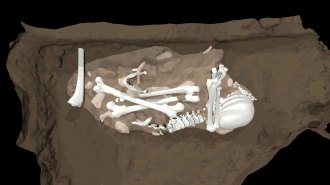 Anthropology
AnthropologyHomo naledi may have dug cave graves and carved marks into cave walls
Proposed discoveries of humanlike activities by these ancient, small-brained hominids have elicited skepticism from some researchers.
By Bruce Bower -
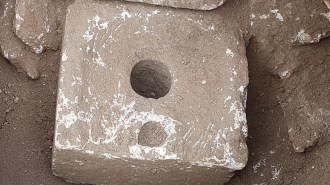 Humans
HumansOldest traces of a dysentery-causing parasite were found in ancient toilets
Scientists have found traces of giardia in two toilets used by wealthy residents of Jerusalem in the 7th and 6th century B.C.
By Freda Kreier -
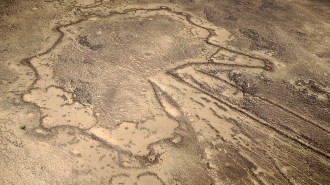 Archaeology
ArchaeologyThe oldest scaled-down drawings of actual structures go back 9,000 years
Rock engravings in Jordan and Saudi Arabia may be maps or blueprints of desert kites, massive structures once used to capture animal herds.
By Bruce Bower -
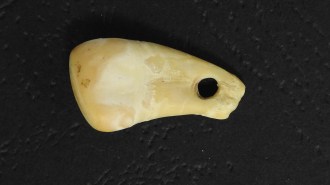 Archaeology
ArchaeologyAncient human DNA was extracted from a 20,000-year-old deer tooth pendant
Insights into Stone Age people’s lives may soon come from a new, nondestructive DNA extraction method.
By Bruce Bower -
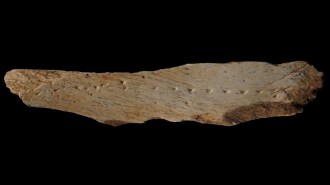 Archaeology
ArchaeologyA prehistoric method for tailoring clothes may be written in bone
A punctured bone fragment was probably a leatherwork punch board. Perforated leather sewn together may have been seams in clothing.
-
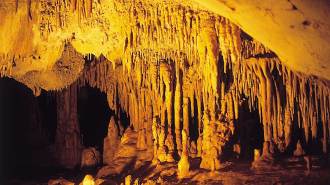 Archaeology
ArchaeologyHair analysis reveals Europe’s oldest physical evidence of drug use
Analyses of human hair found in a Mediterranean cave turned up psychoactive plant substances, revealing use of hallucinogens around 3,000 years ago.
By Bruce Bower -
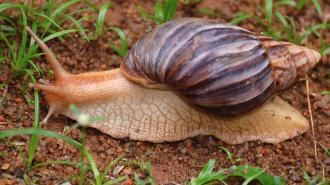 Archaeology
ArchaeologyWhat did Homo sapiens eat 170,000 years ago? Roasted, supersized land snails
Charred shell bits at an African site reveal the earliest known evidence of snail-meal prep, suggesting ancient humans cooked and shared the mollusks.
By Bruce Bower -
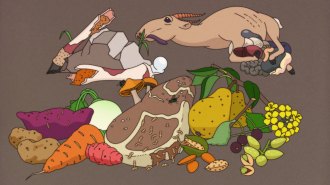 Anthropology
AnthropologyA surprising food may have been a staple of the real Paleo diet: rotten meat
The realization that people have long eaten putrid foods has archaeologists rethinking what Neandertals and other ancient hominids ate.
By Bruce Bower